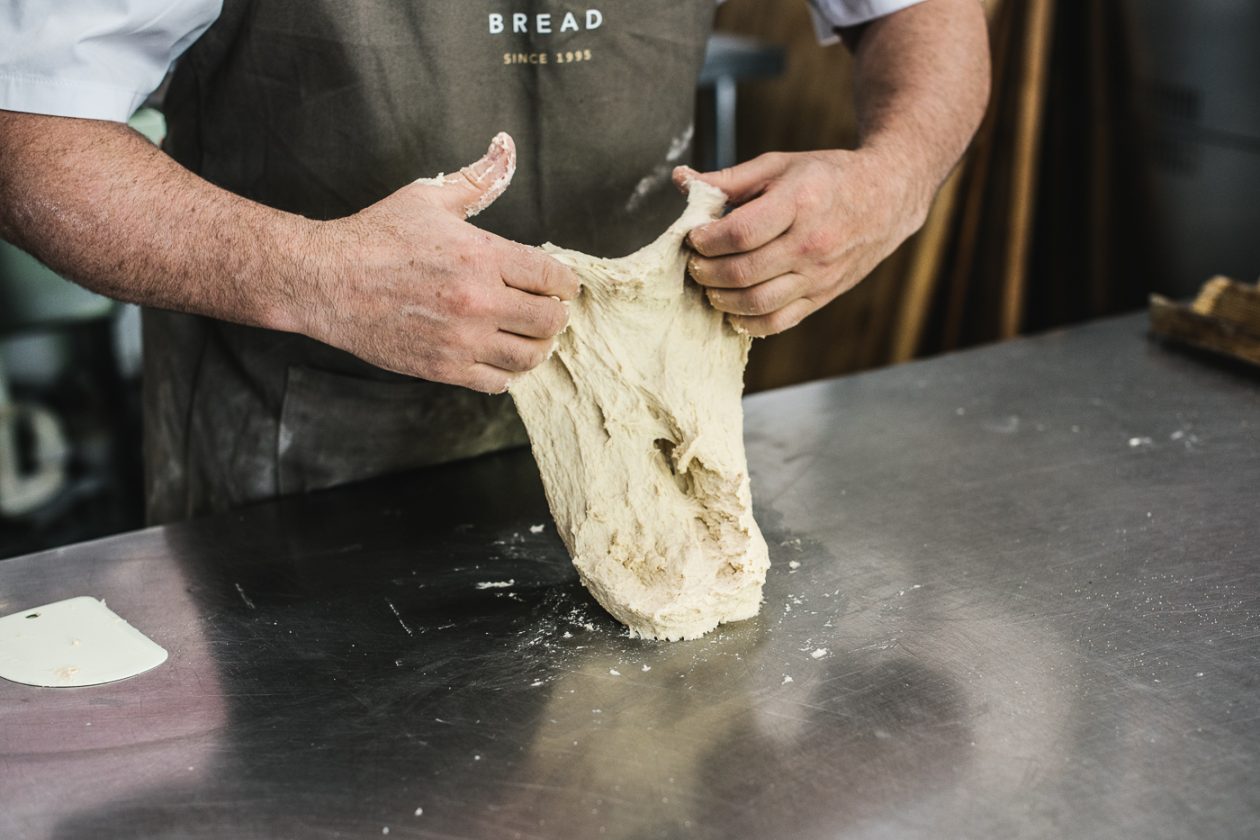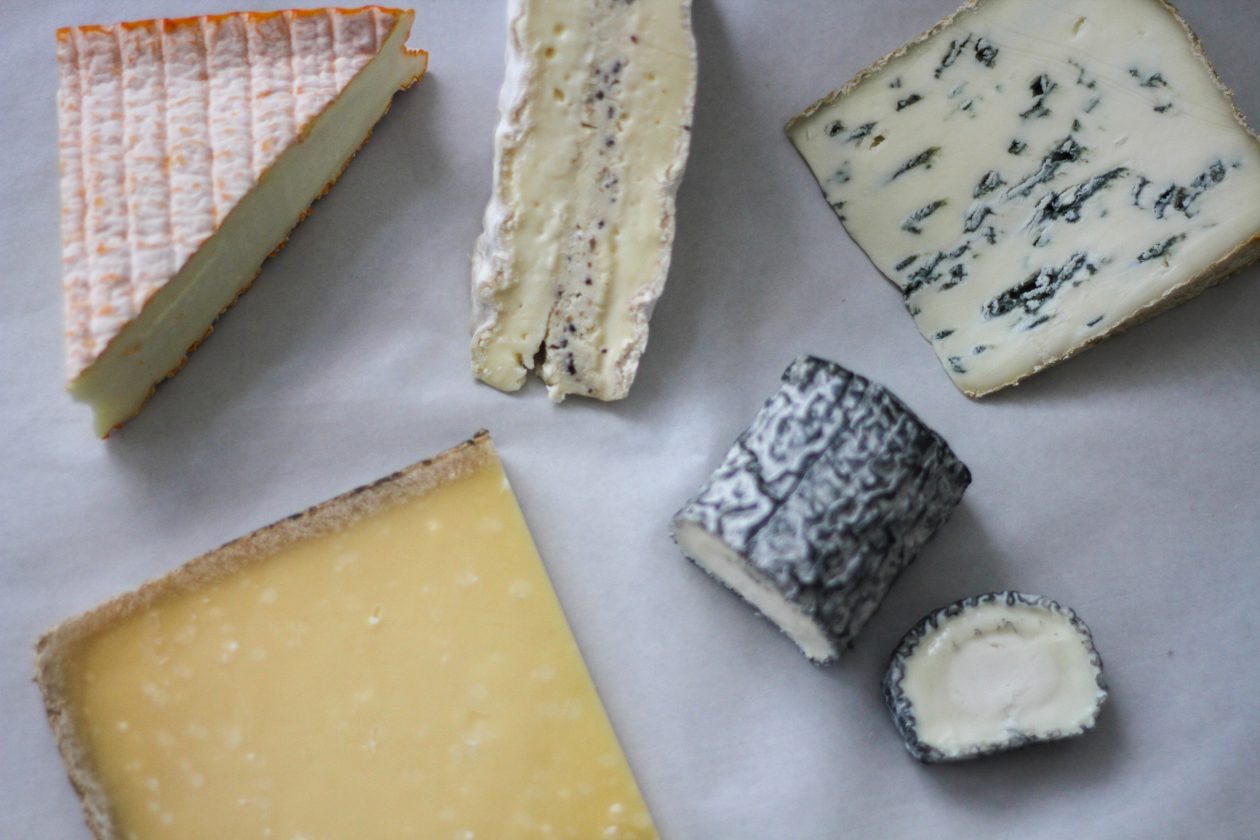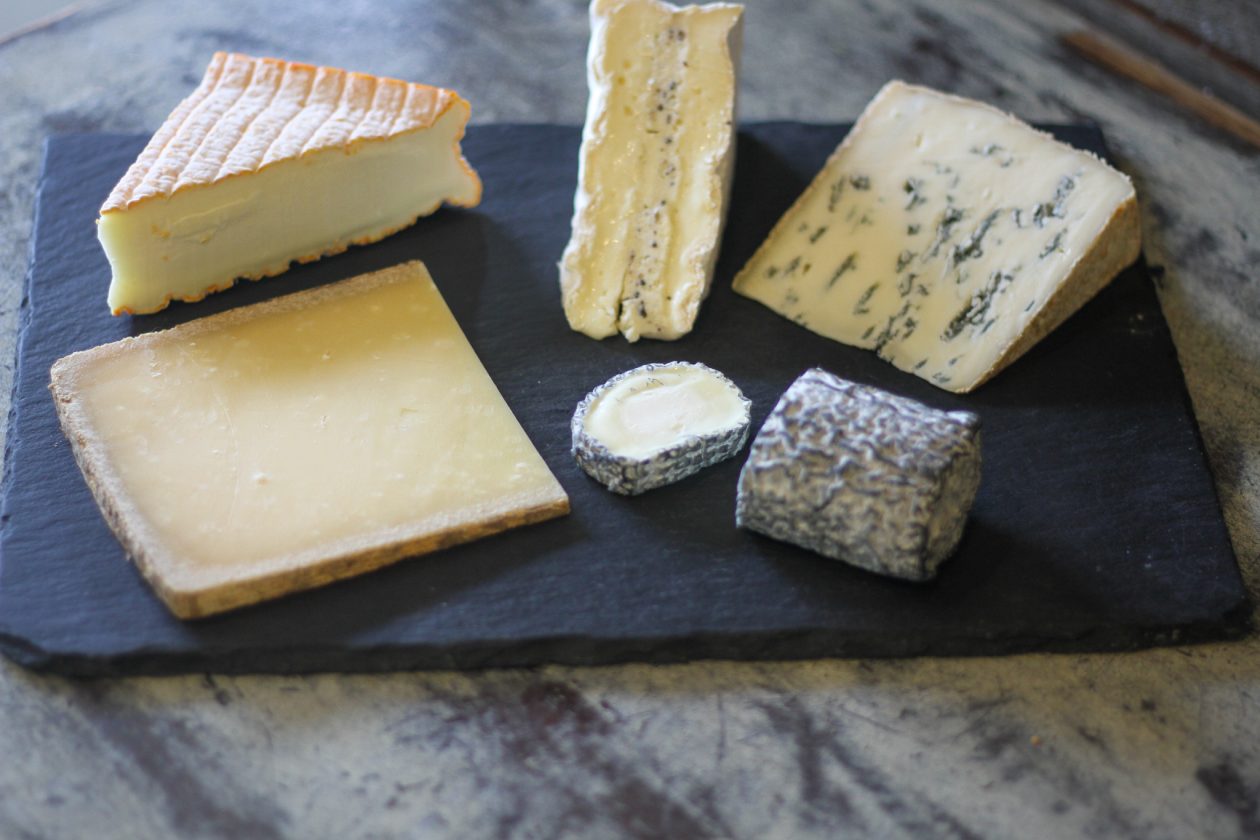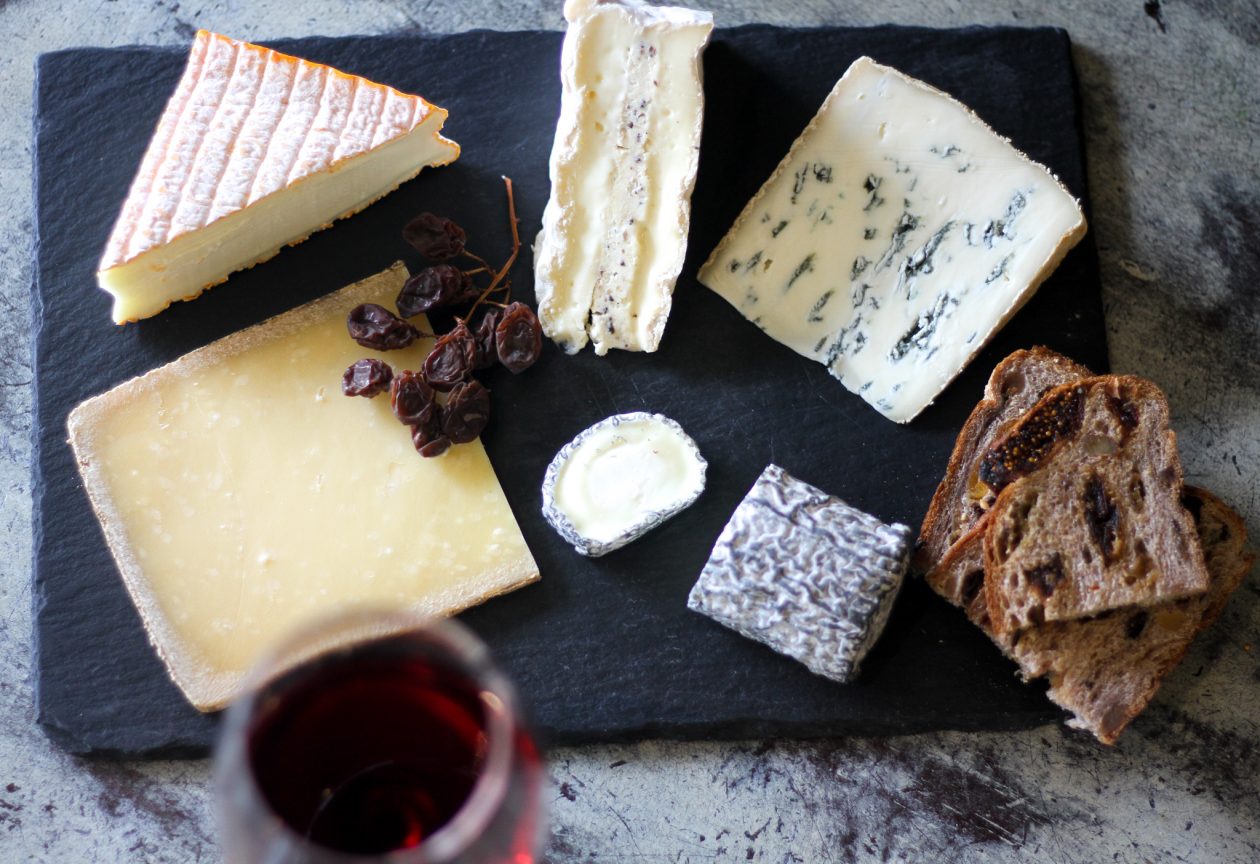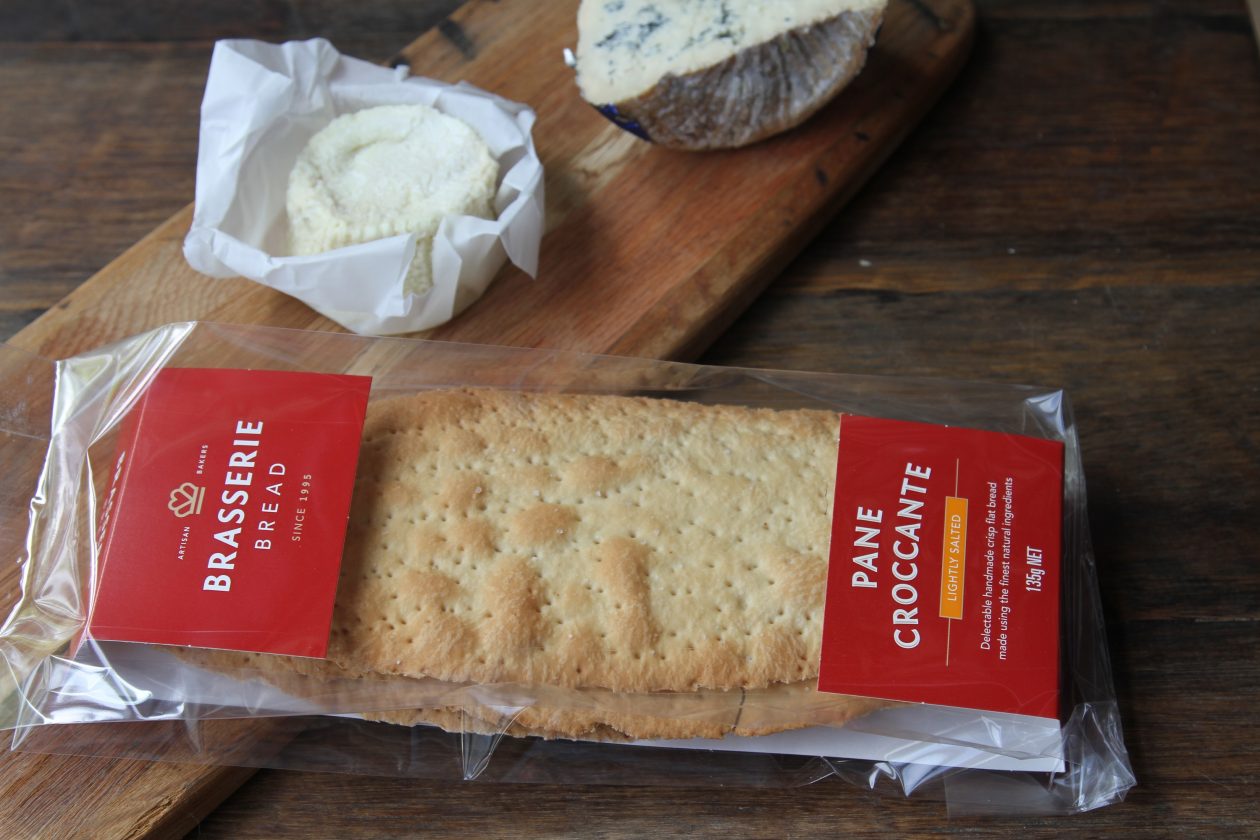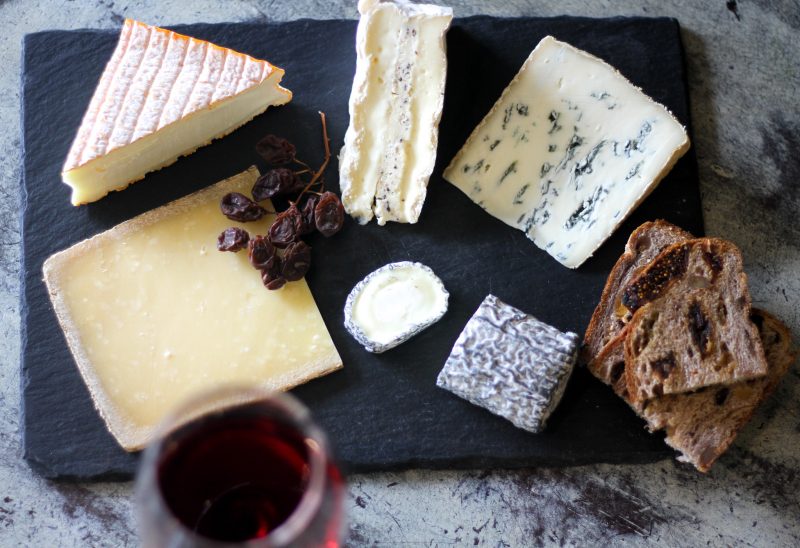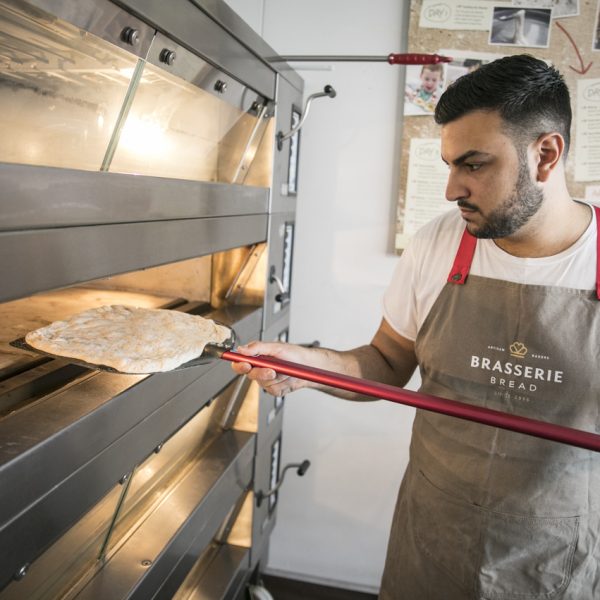Indulging in cheese is one of life’s greatest pleasures! While many will heartily agree with this statement, some of us may not know how to create an impressive cheese board. If this is you, you’re not alone! In our quest to demystify the wonderful world of cheese we caught up with connoisseur and lover of ‘la dolce vita’, Sogna Ocello, co-owner of Sydney cheese emporium Formaggi Ocello .
At Formaggi Ocello owners Sogna and Carmelo are passionate about upholding European traditions such as Appellation d’ Origine Controlee (‘AOC’ or ‘DOP’ in Italy), the French food labelling term that protects the style, ingredients and origin of a product. For example, AOC enforces the idea that a cheese cannot pose as ‘Le Gruyere’ unless it is actually made in Switzerland. This labelling system is the same regulation strictly used for Champagne where you cannot pass off bubbly as Champagne unless it is made there!
How to choose?
According to Sogna, the Holy Trinity of a cheese board is simple: Soft, Blue and Hard. And when curating your cheese board think about choosing different milk styles too eg. goat’s, buffalo, cow’s or sheep’s milk. Also consider including a flavoured cheese on your board, such as the indulgent Truffle Brie as featured on the slate above.
Don’t be afraid to ask for a taste! And if possible, feel and smell the cheese. For example if a Brie is hard then it is not ripe. And beware plastic wrap! Cheese tightly bound in plastic wrap can have a stifling effect. Best look for cheese wrapped in suitable paper.
Featured board includes: Australian Buffalo Milk Blue, Ashed Goats Cheese, Sheep’s Milk Washed Rind, Raw Milk Swiss Gruyere & French Truffle Brie
How many cheeses?
When presenting your cheese board remember the ‘odd number grouping’ rule touted by designers and those who study Ikebana, the ancient Japanese art of floral arrangement. Placing cheeses in threes, fives and sevens is a failsafe technique in creating an aesthetically pleasing cheese board.
Accompaniments
Less is more. Keep your accompaniments to a minimum – again three is a good rule of thumb. Suitable cheese accompaniments include quality bread, fruit loaf and crisp flat bread. For this board we paired Brasserie Bread’s Date & Apricot Loaf with Swiss Gruyere, our plain L’ancienne Baguette against the rich Truffle Brie, our Seeded Baguette with both the Goats Cheese and Sheeps Milk Washed Rind and our crisp bread, Pane Croccante which works well with all soft cheeses.
Add some dried fruit or fresh figs to complete. For this board we used traditional muscatels for a classic finish.
Vive La Dolce Vita!
